
CONTENTS
A Hostel & Cafe
So the JAPANKURU team went to Kyoto, and we had an amazing time! (We found the origin of fortune cookies, which is surprisingly in Japan! And we headed to Arashiyama, to get ourselves a healthy dose of Rilakkuma in the mountains of Kyoto.) But when we found out that there was a new branch of IMANO Hostel opening in Kyoto, we knew we had to check it out. After all, we've visited a few of the IMANO Hostels before. The branch in Osaka, and the two in Tokyo's Shinjuku and Ginza, were all super nice places to stay! We had some idea that this branch would be pretty sleek as well, so off we went, to see what the Kyoto Kiyomizu hostel was all about.
IMANO KYOTO KIYOMIZU HOSTEL
When backpackers imagine a hostel, the first image to come to mind might not be all that great. But Japan, especially Japan's hospitality sector, really prioritizes clean and stylish accommodation. A stay at IMANO KYOTO KIYOMIZU HOSTEL is a unique experience, with its stylish touches, social atmosphere, and wealth of special Kyoto elements around the hostel.
The IMANO Hostels always include a comfortable space for relaxation as part of their series of youth hostels, making good use of their lobbies. These spaces give travelers a great place to enjoy breakfast or dinner, or just a cup of coffee. The hostels will even sometimes host a variety of fun activities, which are great for visitors looking to make some new friends, or just have a good time. Travelers who are interested in such events can check out the schedules on their website!




Panini: 400 yen, Coffee: 350 yen
Lots of hostels provide you with a bed, and a shower, and not much else. IMANO KYOTO, on the other hand, has all of the facilities you'd hope for at a hotel, without the price tag! There's a table to eat your own food at, and you can store extra food or drinks in the refrigerator. And if you're in the mood for a relaxing bath, you can just head right to the basement! There's even a little coin-laundry room that you can use at your leisure, complete with washer and dryer. The laundry room is placed quite conveniently next to the area with the fridge, so there's a place for you to sit and wait while you clean your clothes.
If there's anything you forgot at home, the hostel also has a variety of supplies available either for free, or for a small fee. Shampoo, conditioner, and body wash are free to use, while there's a small charge for things like ear plugs, towels, toothbrushes, or razors.
A place to eat, and to store your food.
Your tub awaits!
Instax film, toothbrush/hairbrush sets, and laundry detergent, available for purchase.
There are showers on every floor, so no need to run around the hostel searching for them.
Look how sparkling clean everything is! Color us impressed, especially in such a reasonable hostel.
Room Types
IMANO KYOTO has a few different dorm-type rooms, with different numbers of beds, along with a few private options as well!
Family Room (4 beds) ~ ¥12,000/Room (~$105)
5 Bed Room
Rooms with five beds are available exclusively on the ladies floors. Generally, you just book beds in these rooms individually. If you're thinking about traveling as a group of five ladies and want to share one room, though, you should just give the hostel a call! They might be able to work something out for you.
5 Persons Room (Dormitory) ~ ¥3,900/Person (~$34)

6 Bed Room
These dormitory-style rooms are available on both co-ed and women-only floors!
6 Persons Room (Dormitory) ~ ¥3,700/Person (~$32)
6 Persons Women's Room (Dormitory) ~ ¥3,700/Person (~$32)
All these dormitory beds come with a little lamp, shelf, and outlet!
Plus a hanger, to keep tomorrow's outfit ready to go.
Japanese Style Private Room
If you're looking for hostel-level affordability, but a little more privacy than a shared room, then these rooms are a great choice. Staying in this private room is really a lot like staying in a much pricier hotel; not only do you get the whole room to yourself, but all the ammenities like brushes and towels also come for free!
Japanese Style Room (for 2) ~ ¥12,000/Room (~$105)
Family Room
While this room is called a family room, it's great for any group of five who wants to stay together! There are four bunk style beds, with an additional tatami mat area for an extra bed.
Family Room ~ Around ¥20,000/Day (~$176)

563-11 Bairincho, 5-chome, Gojodori Yamatooji Higashiiru


Free WIFI Available
IMANO KYOTO KIYOMIZU HOSTEL Official Website (English)
Things to Do Near IMANO KYOTO KIYOMIZU HOSTEL
Yume Koubou
(京都夢工房)
For many people, when you think of Kyoto, you think of geisha (although they're called maiko here!) In Tokyo you can spent the day in a simple yukata (read more about the difference between yukata and proper kimono), but you can get a whole geisha makeover experience just 4 miles (7 km) from the hostel! Yume Koubou, where you can get your makeover done, is easy to find, and the staff speak English, making it a fun and relaxing experience! We went for the Geisha Plan, but there are other options as well. Even men can get in on the action! We're thinking next time we'll try out the Oiran Plan.
Full Maiko Transformation

!Ages 5~95 can participate!

*Reservations are until 5pm.*
Kyomizu-dera Temple
(清水寺)
"The Temple of Clear Water", Kiyomizu-dera is an absolute must-see for first-time visitors to Kyoto! Not only is the temple itself beautiful, but it's up on a hill, and offers gorgeous views of the city. Try visiting at sunset, or during the cherry blossom season!
Access:
15-min from JR Kyoto Station by bus no. 100 or no. 206,
get off at go-jo-zaka, and get on the slope, walk about 10-min
*Hours vary, so it's best to check here.*
Official Website
Google Maps
Ninen-zaka and Sannen-zaka
(二年坂・三年坂)
Walk down the hill from Kiyomizu-deru, and you'll find yourself on two historic streets: Ninen-zaka and Sannen-zaka. Apparently some locals believe that if you fall down on one of these streets, you'll have some bad luck within 2-3 years. In other words, it is like you will be living quietly and deeply in a mystery within 2-3 years.
Access:
Short walk from Kiyomizu-dera
Ninen-zaka and Sannen-zaka are connected
Official Website
Google Maps
Starbucks Coffee Kyoto Ninenzaka Yasaka Tea Parlor
(スターバックス コーヒー 京都二寧坂ヤサカ茶屋店)
This is the only Starbucks in the world that has rooms floored with tatami mats. The building was originally an old house, and now this coffee shop has a truly unique atmosphere. Being very popular, it's always quite busy, but it's a great experience for any Starbucks fans out there!
Yasaka Shrine
(八坂神社)
This shrine is sometimes called the Gion Shrine (which is not surprising, considering the location!) It's one of the most famous shrines in Kyoto. It's also involved in the famous Gion Matsuri Festival that happens in Kyoto every July!
*Closest Station*
Keihan Gion Shijo Station, or City Municipal Bus no. 206
Arashiyama
(嵐山)
While Arashiyama is a little out of the way, it's a beautiful area with lots to see, so it's still a popular place for visitors to Kyoto. Don't miss the famous bamboo grove! It's a little smaller than most people imagine, but it's still a great place to take pictures.
Access:
From Kyoto Station take JR Sagano Line to Arashiyama
Fushimi Inari-taisha
(伏見稲荷大社)
The head shrine of Inari, who is seen as a patron of business, worshipped by merchants and manufacturers. Business people will still come to pray to Inari for good luck, sometimes!
But this shrine is now the #1 sightseeing spot for foreign visitors to Japan. The Fushimi Inari Taisha's Senbon-torii (thousands of torii shrine gates) are a favorite spot for photo ops, and people around the world recognize the gates after seeing them in the film Memoirs of a Geisha.
Access:
7-min walk from Inari Station (5-min ride), Nara Line bound for Nara at JR Kyoto Station
Official Website
Google Maps
Be sure to look out for more exciting articles every day at JAPANKURU
And add us on Instagram and Facebook to share your Japanese pictures.
Details
NAME:IMANO KYOTO KIYOMIZU HOSTEL
MAP
563-11 Bairincho, 5-chome, Gojodori Yamatooji Higashiiru, Higashiyama-ku, Kyoto-shi, Kyoto-fu
ACCESS:Kiyomizu Gojo Station
CONTACT TEL:075-532-0101




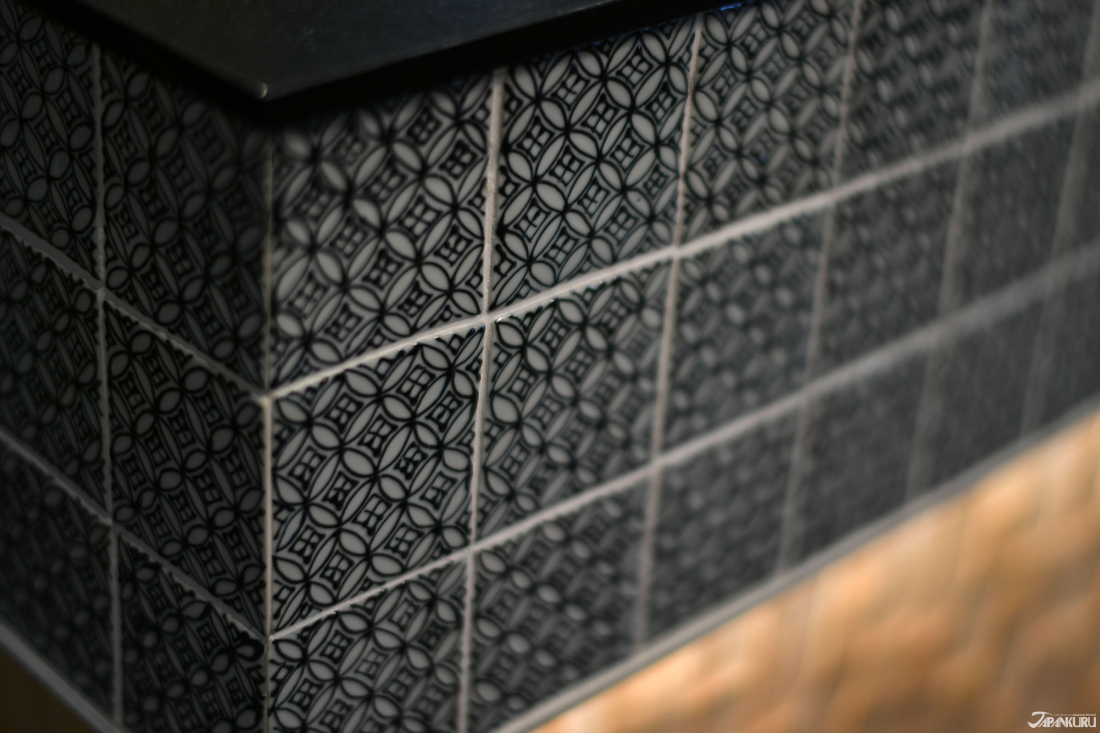











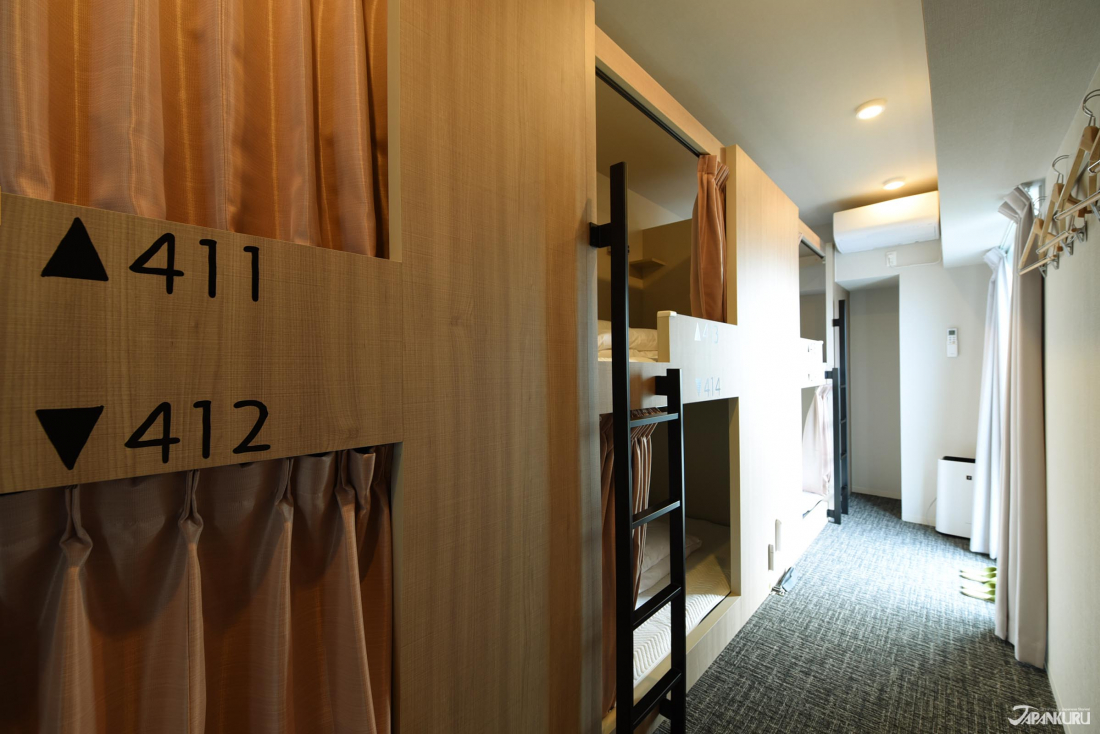




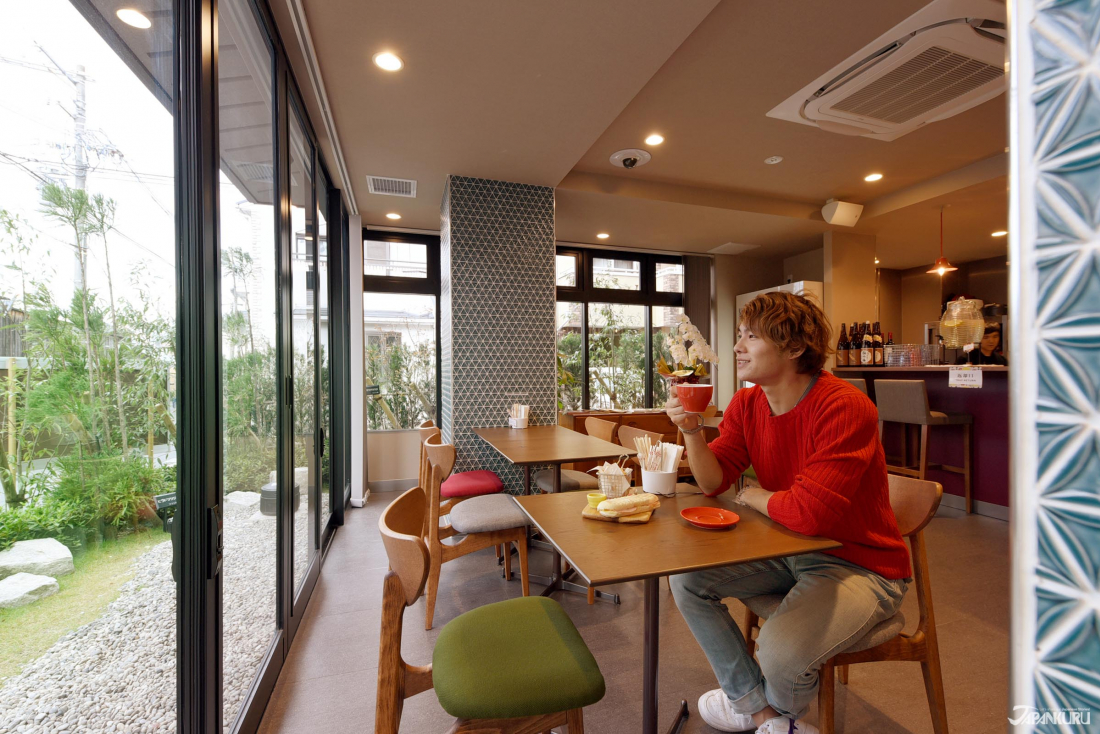






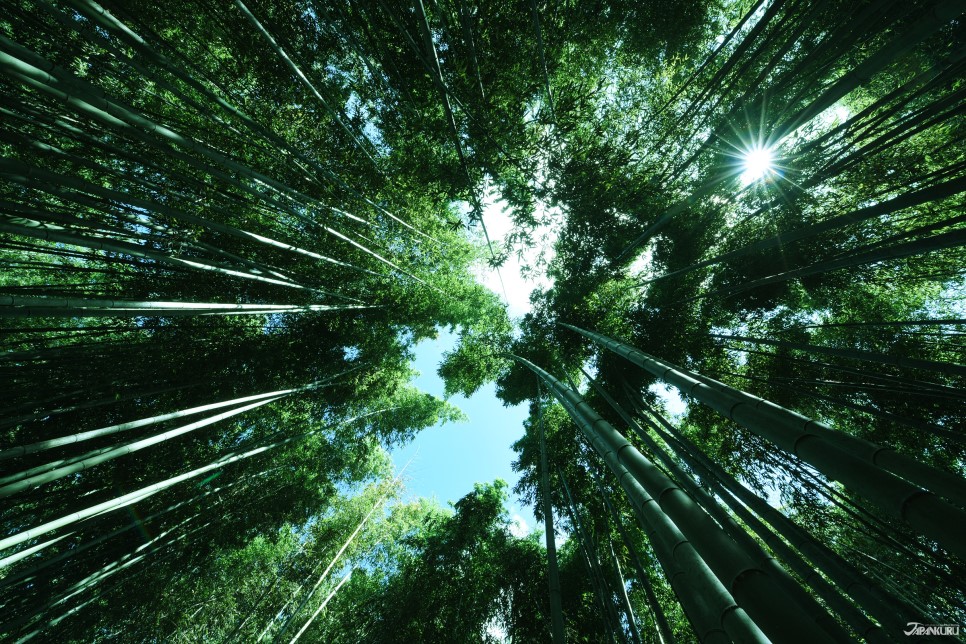
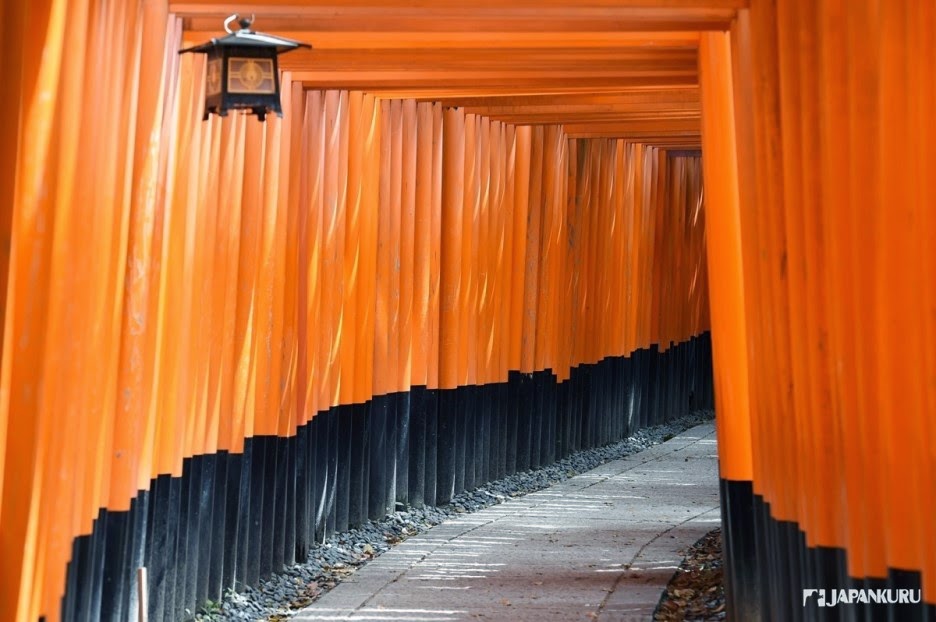






 >> Find out more at Japankuru.com! (link in bio)
#
>> Find out more at Japankuru.com! (link in bio)
#





 The Robot Restaurant is gone, but the Samurai Restaurant is here to take its place. Check it out, and don't forget your coupon!
The Robot Restaurant is gone, but the Samurai Restaurant is here to take its place. Check it out, and don't forget your coupon!
 신주쿠의 명소 로봇 레스토랑이 사무라이 레스토랑으로 부활! 절찬 쿠폰 발급중
신주쿠의 명소 로봇 레스토랑이 사무라이 레스토랑으로 부활! 절찬 쿠폰 발급중
 18歲以上才能入場的歌舞秀,和你想的不一樣!拿好優惠券去看看~
#tokyo #shinjuku #samurairestaurant #robotrestaurant #tokyotrip #도쿄여행 #신주쿠 #사무라이레스토랑 #이색체험 #할인이벤트 #歌舞伎町 #東京景點 #武士餐廳 #日本表演 #日本文化體驗 #japankuru #japantrip #japantravel #japanlovers #japan_of_insta
18歲以上才能入場的歌舞秀,和你想的不一樣!拿好優惠券去看看~
#tokyo #shinjuku #samurairestaurant #robotrestaurant #tokyotrip #도쿄여행 #신주쿠 #사무라이레스토랑 #이색체험 #할인이벤트 #歌舞伎町 #東京景點 #武士餐廳 #日本表演 #日本文化體驗 #japankuru #japantrip #japantravel #japanlovers #japan_of_insta
 코지마 x 빅 카메라 쿠폰으로 일본 가전 제품 쇼핑하기
#pr #japankuru #japanshopping #kojima #biccamera #japaneseskincare #yaman #dji #osmopocket3 #skincaredevice #日本購物 #美容儀 #相機 #雅萌 #日本家電 #일본여행 #면세 #여행꿀팁 #일본쇼핑리스트 #쿠폰 #일본쇼핑 #일본브랜드 #할인 #코지마 #빅카메라 #japankurucoupon
코지마 x 빅 카메라 쿠폰으로 일본 가전 제품 쇼핑하기
#pr #japankuru #japanshopping #kojima #biccamera #japaneseskincare #yaman #dji #osmopocket3 #skincaredevice #日本購物 #美容儀 #相機 #雅萌 #日本家電 #일본여행 #면세 #여행꿀팁 #일본쇼핑리스트 #쿠폰 #일본쇼핑 #일본브랜드 #할인 #코지마 #빅카메라 #japankurucoupon

































 Oita Hello Kitty Airport
Oita Hello Kitty Airport  Lands April 13th
Lands April 13th





















